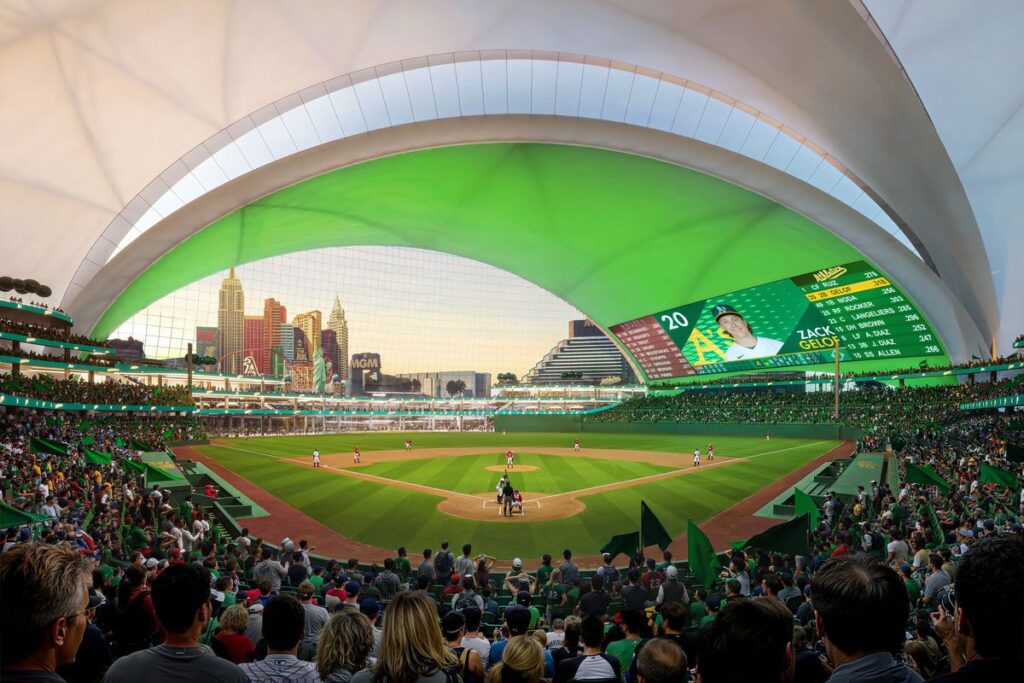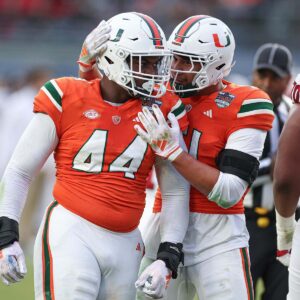
BREAKING: A’s Vegas officially” reach stadium development agreement worth $1.5 billion” here’s what’s in it….
Some information regarding the Major League Baseball team’s financing and the timeline for construction of its projected $1.5 billion Las Vegas Strip ballpark may be found in the Oakland Athletics draft development agreement with the Las Vegas Athletics.
The development agreement up for approval Thursday with the Las Vegas Stadium Authority defines the conditions that are needed in order for up to $380 million in public funding to be used on the project and the rate that the money will be infused into the project, which is relative to how quickly private money comes in on the project.
The ballpark will be financed by a combination of up to $380 million in public funds — although the team forecasts the number will land around $350 million — $300 million in debt financing to be taken on by the A’s and $850 million in equity from team owner John Fisher’s family, according to A’s executive Sandy Dean.
“We’re in good shape with the financing,” Dean said. It’s something we’ve been working on for a long time.”
The A’s financing plan was reviewed as part of the relocation process with MLB, which saw unanimous approval by team owners late last year. It was not included in the development agreement
The team will still pursue potential local investors to fund a portion of the project, which would reduce the equity contribution required from the Fisher family. Those potential investors would be given a minority ownership stake in the team, Dean said.
The A’s were waiting for the draft development agreement to be introduced and for the stadium design process to be further along before gauging interest from potential investors.
According to Senate Bill 1, in order to access up to $380 million in public funds for the stadium project, the A’s must first spend $100 million on the project. Furthermore, the final $50 million of allotted public funds will be set aside for project completion.
The public money will come in via bonding authority by Clark County and transferable tax credits from the state.
The A’s will need to enter into a separate development agreement with Clark County, which will define various conditions associated with the entitlements for the stadium. Those will include aspects such as parking, offsite traffic improvements, fire and police considerations.







